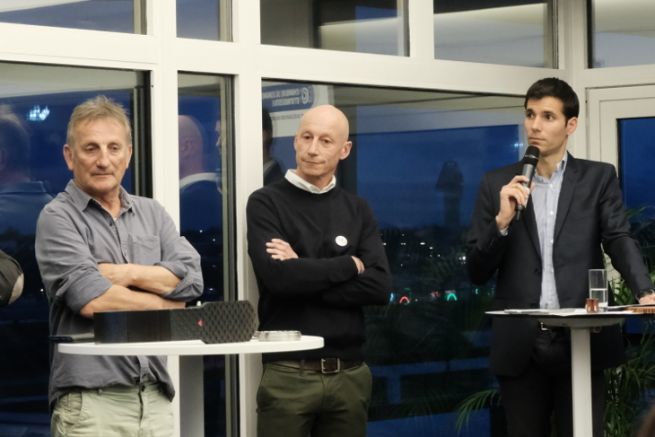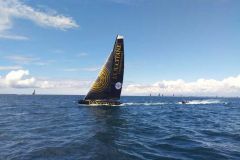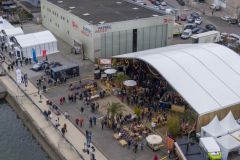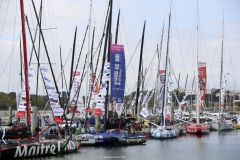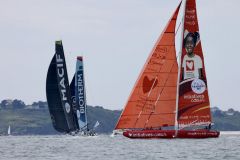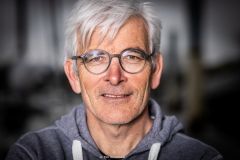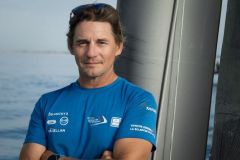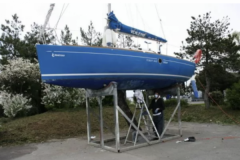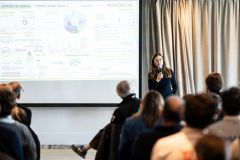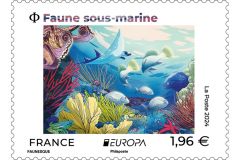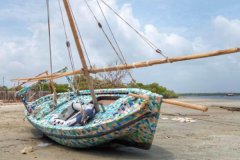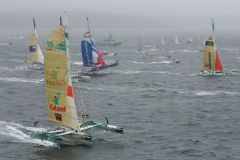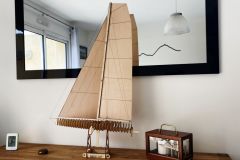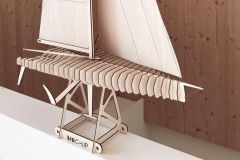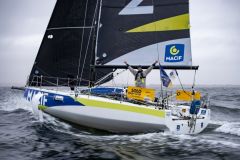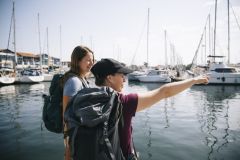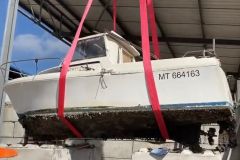Reducing CO2 emissions: an issue that the IMOCA will integrate
Imongen Dinham-Pice, head of sustainability for the IMOCA Class, is alarmed by the soaring environmental costs of building new boats. It has gone from 300 T of CO2 in 2010 (Life Cycle Assessment (LCA) conducted by Roland Jourdain and Kairos) to 550 T in 2021 (LCA conducted by 11th Hour). "IMOCA is very seriously considering taking steps to impose restrictions. Today, each new build must provide an LCA for the construction of the boat using a tool provided by the Class. This will allow to quantify and compare on the basis of a common tool the CO2 emissions generated by the construction of boats. Once this assessment has been made, the class will establish a limit not to be exceeded as of 2025. In the meantime, to encourage teams to consider the subject, all removable parts made of alternative materials (recyclable, bioplastic, etc.) may not be considered in the calculation of the boat's light weight - which allows the righting torque to be improved by adding this weight to the keel for example."
No compromise for Armel Tripon
Aware of the stakes and the responsibility of skippers to set an example, Armel is taking the lead and intends to prove that it is possible to reconcile respect for the environment and budget control without compromising on performance. For Armel does not hide his ambition to return to the Vendée Globe to win!
To achieve his goal, he will work on 3 major axes.
Limiting the use of tools
The first choice is to build a sistership of Malizia, the new boat under construction by skipper Boris Herrmann (VPLP design). This will allow us to reuse the molds and thus save all the material that would have been necessary for the construction. Because as the saying goes: "the best waste is the one you don't produce."
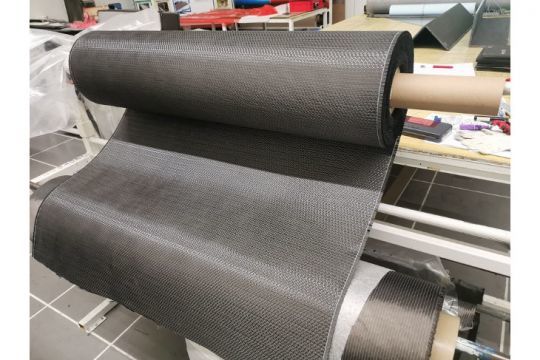
A collaboration with Airbus to reuse decommissioned carbon
Thanks to a collaboration with Airbus, Armel Tripon is going to revalue prepreg carbon at the end of its life cycle, initially intended for aeronautical construction. Matthieu Giraud of the AIRBUS technocentre explains this issue in more detail.
"In aircraft construction, prepreg carbon must be kept refrigerated. But it has an expiration date beyond which it is considered unsuitable for aircraft construction. With the slowdown in production due to Covid, we have a large quantity of carbon that has reached its expiration date. In addition, we are working on very large parts measuring up to 13m. If there is not enough carbon left at the end of a roll, we can no longer use it for the construction of these parts. As a result, a roll with 8m left on it can be considered waste and sent to landfill."
All these scraps and decommissioned fabrics can find a new life in the construction of an IMOCA boat with less demanding standards. Finally, this carbon that will not fly on a plane will fly on the water with Armel's boat.
In total, almost 3 tons of carbon will be reused for this new boat, which means a reduction of 250 tons of CO2 emissions for the construction.
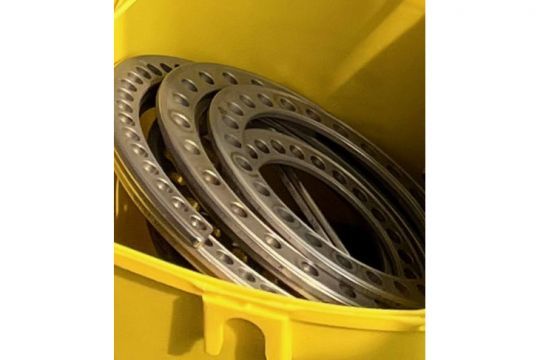
Recycled titanium thanks to the association "Les P'tits Doudou
The association P'tits Doudou, Armel's partner, will also contribute.
Since its creation, the association launched by caregivers aims to improve the lives of operated children and their parents. It finances itself by recovering and reselling the copper wire of single-use electric scalpels. The recovery of used materials that cannot be reused for medical purposes is therefore their spearhead.
And it's a good thing, because the hospital sector also uses a material that is very popular with ocean racers: titanium. Thus, the titanium used in screws, pins, rods to regulate scoliosis, dental prostheses or surgical instruments (titanium does not sharpen) is decontaminated and then recycled in blocks that will be milled into fittings, like hooks. Armel will not deny the vital importance of this part, since his J3 hook broke during his last Vendée Globe, threatening to bring down his mast.
Today, this recycling network is being set up, but Nolwenn Febvre, president and founder of the association has already recovered more than 10kg. "If necessary, we could easily recover 500kg/year" . And this seam could also extend to other metals, such as stainless steel (present in intubation blades used extensively during the pandemic) or aluminum present in packaging and suture material.
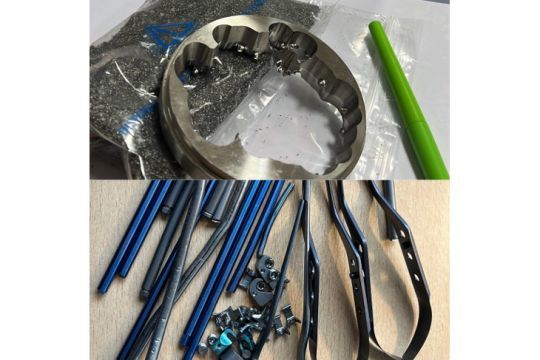
A winning boat on all levels that still needs to be financed
With this proof of concept, Armel anticipates the restrictions that will be imposed and proves that ecology, economy and performance can be a trio that works.
The construction of this new boat is scheduled to start in June 2022 with a launch planned for one year later. And for those who would be tempted by the adventure, Armel is still looking for partners to complete his budget: "there is still a lot missing, but it is well underway".
